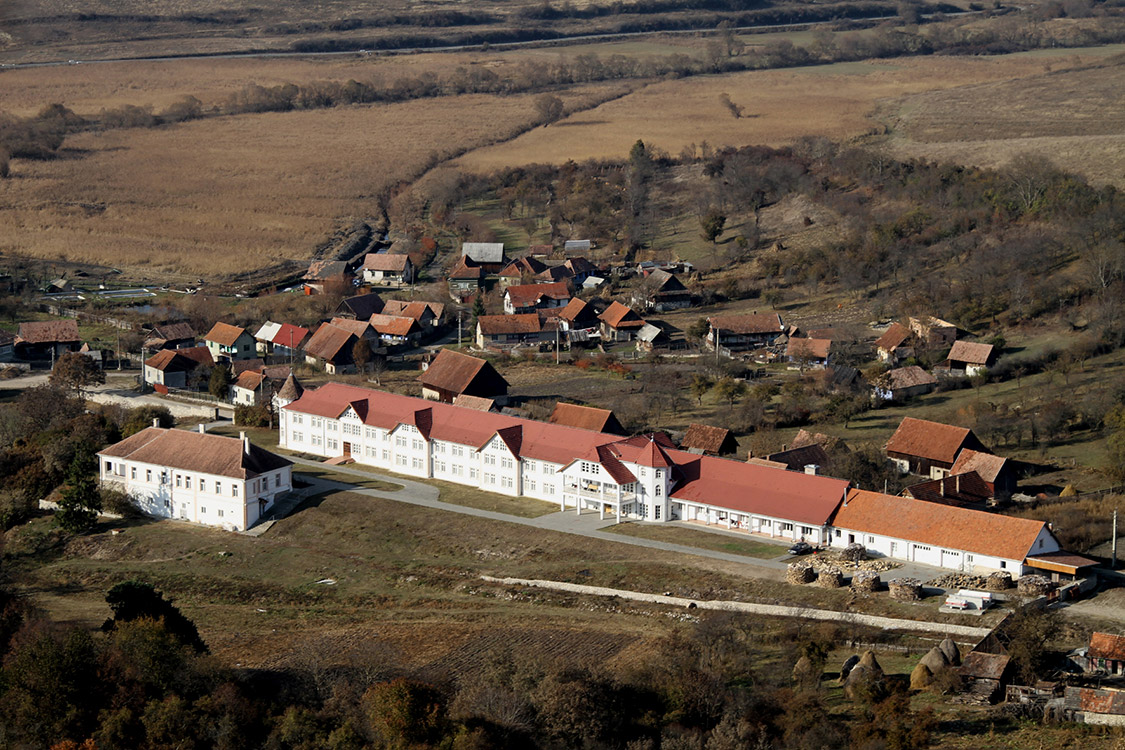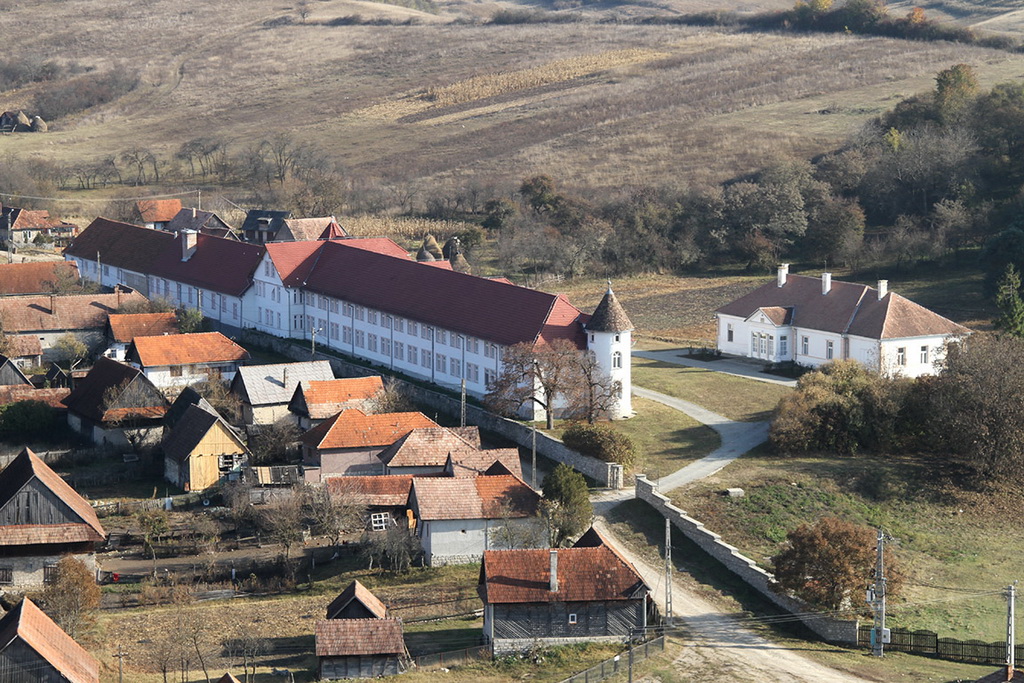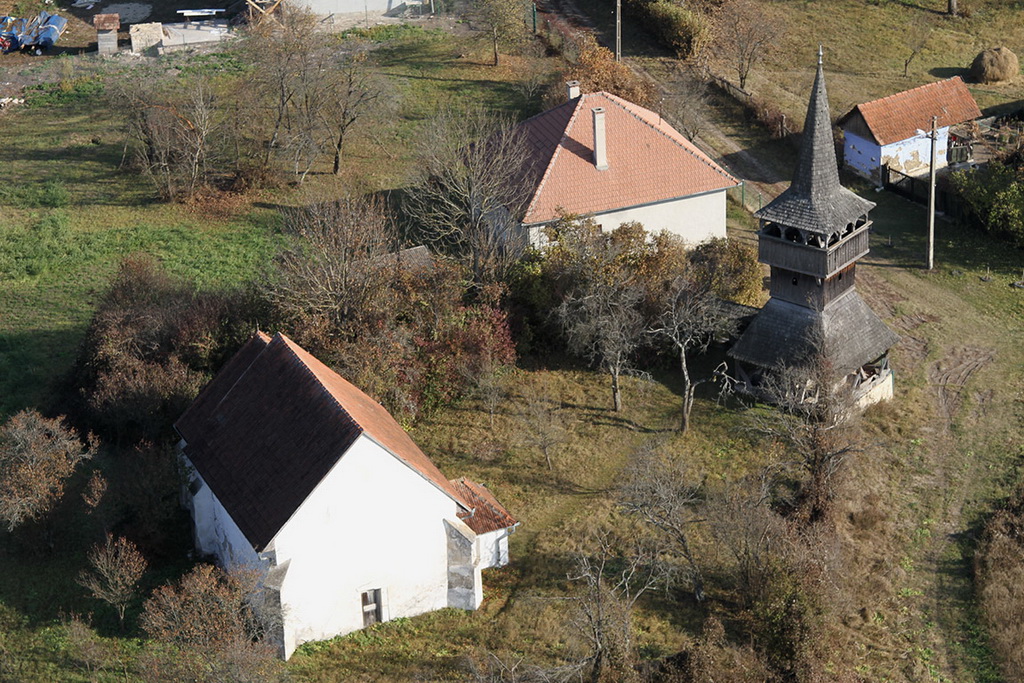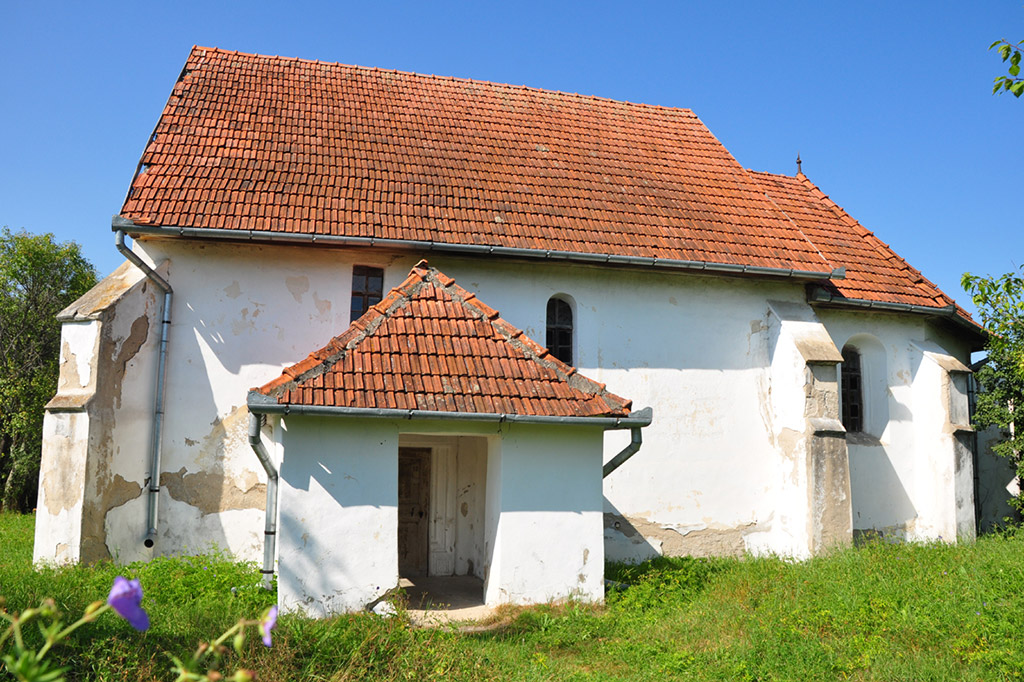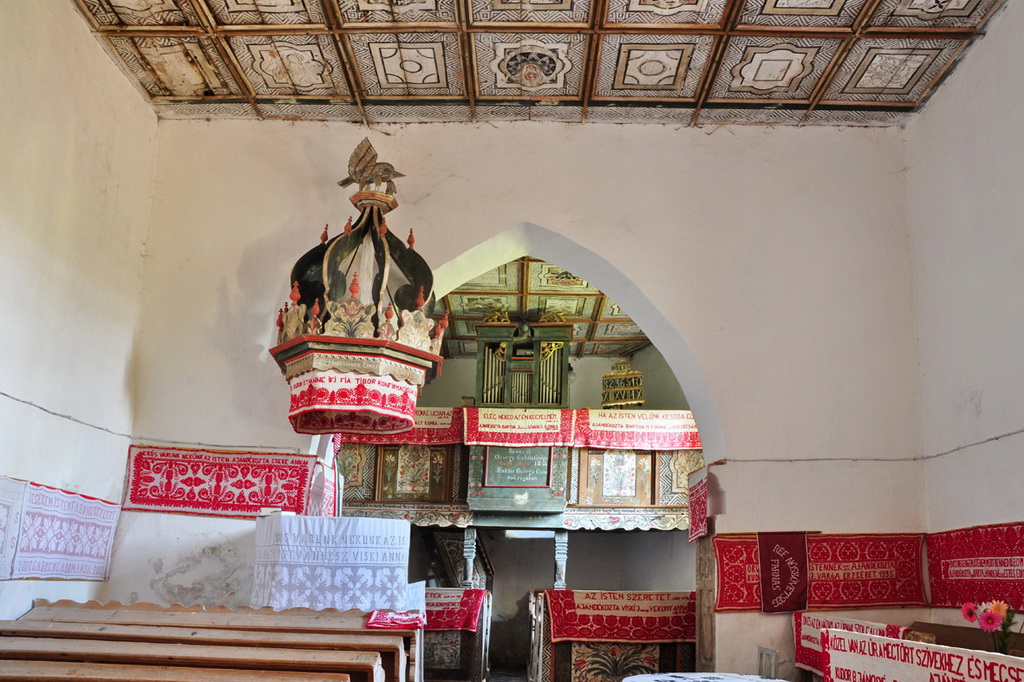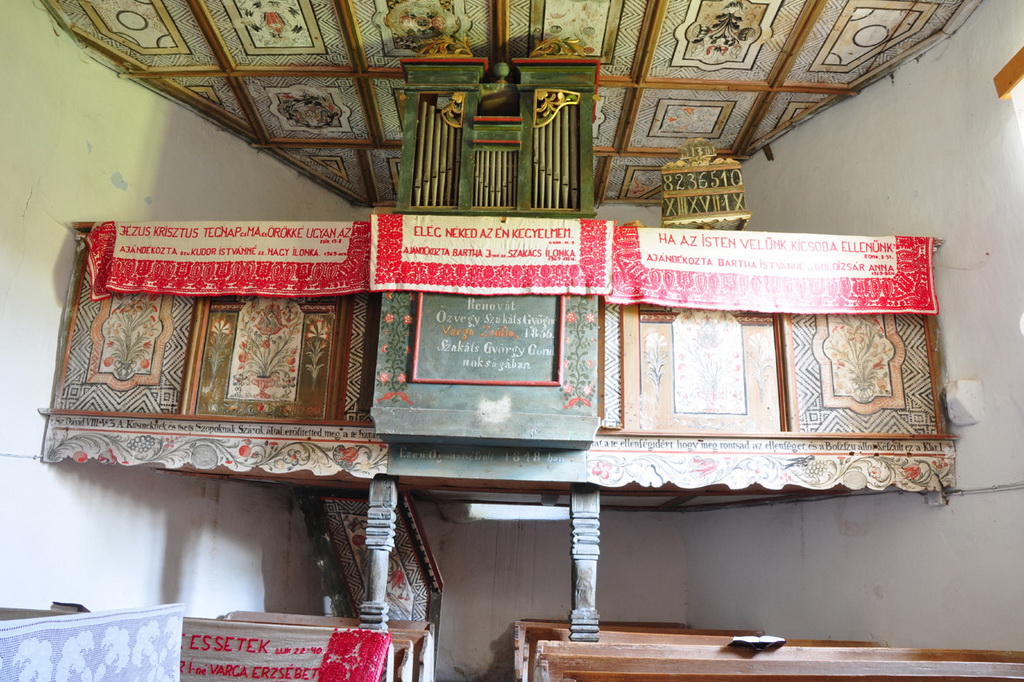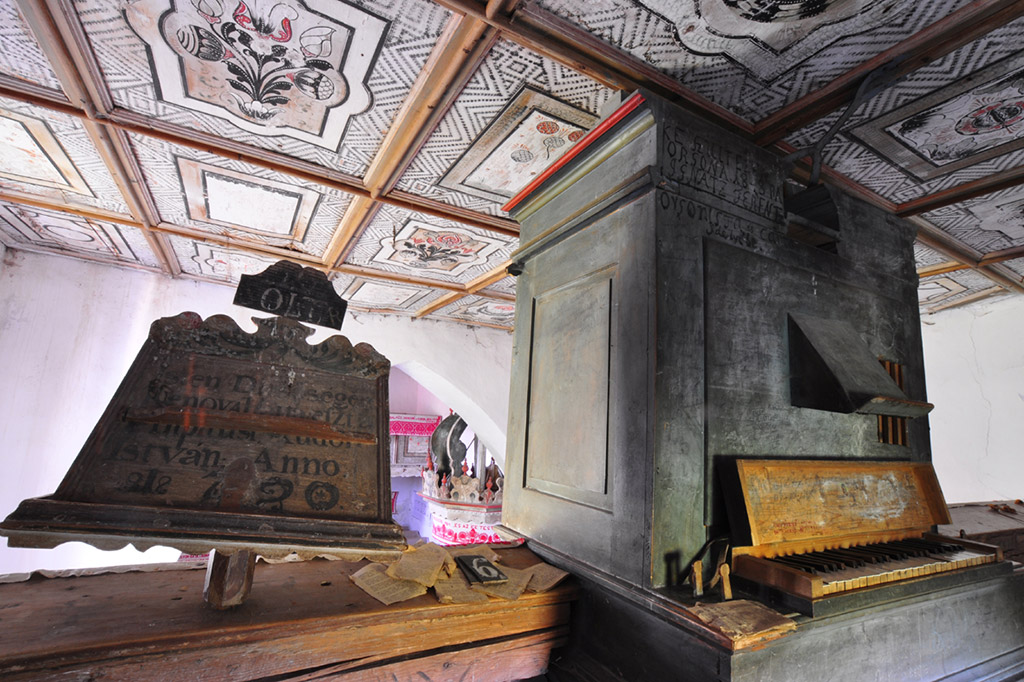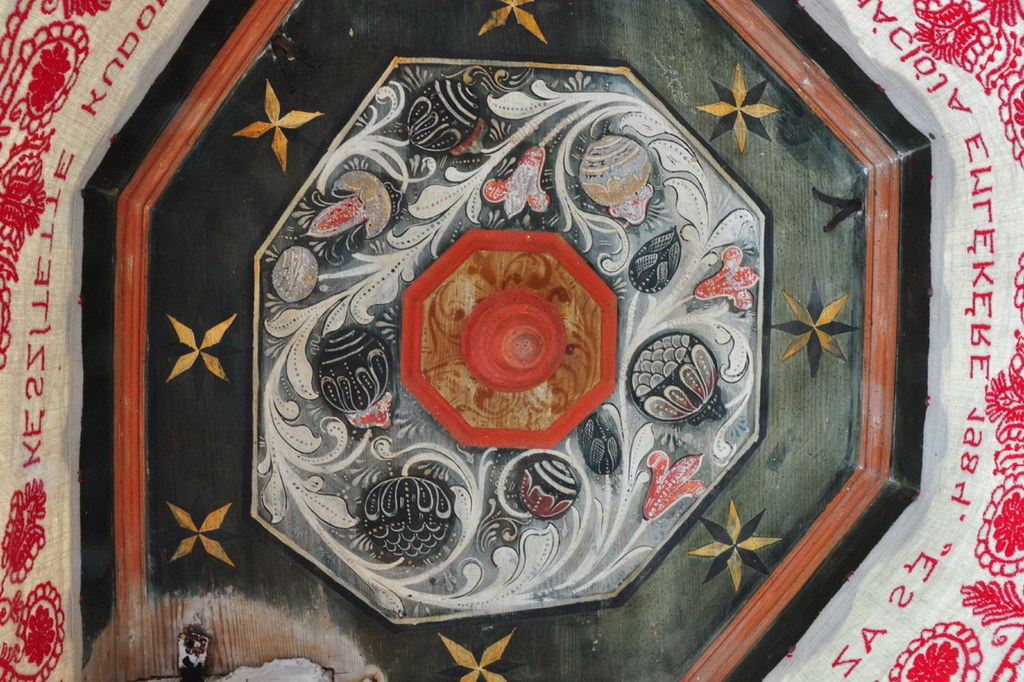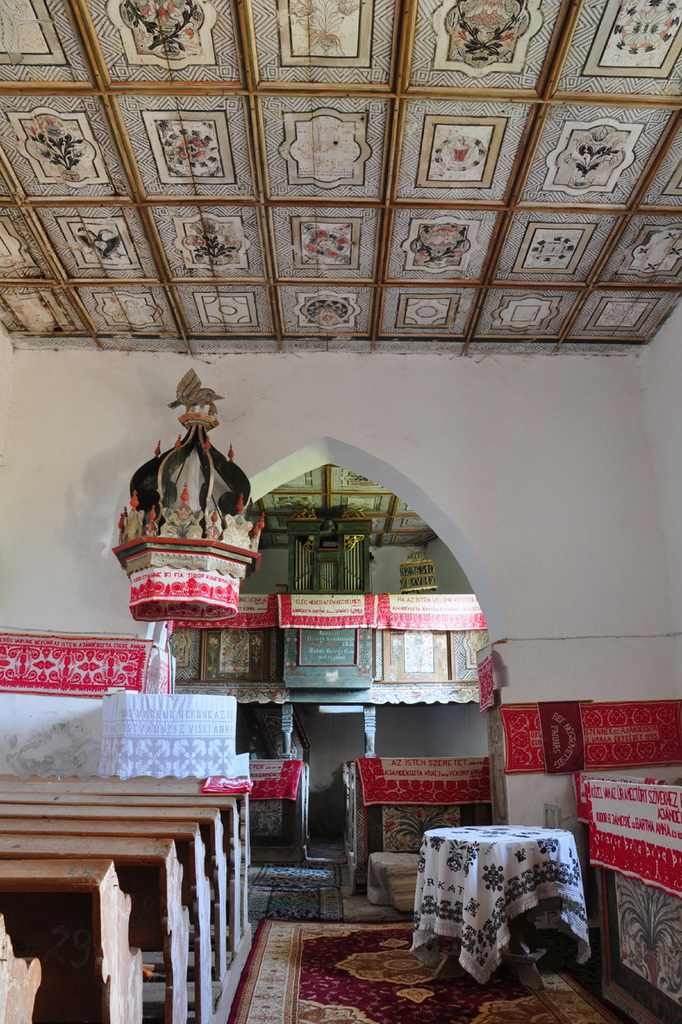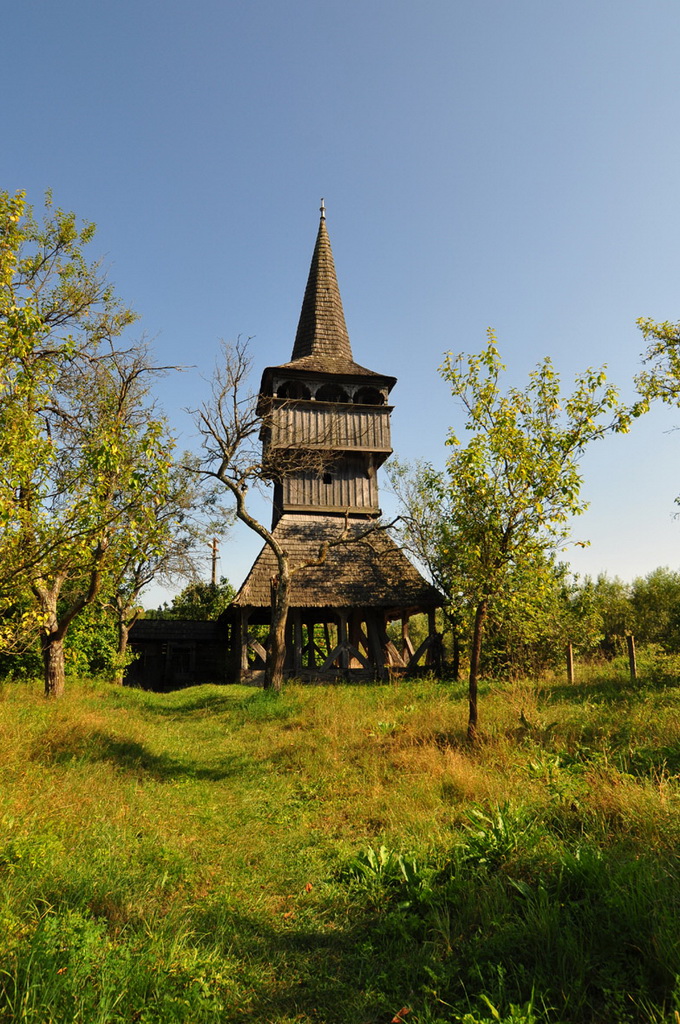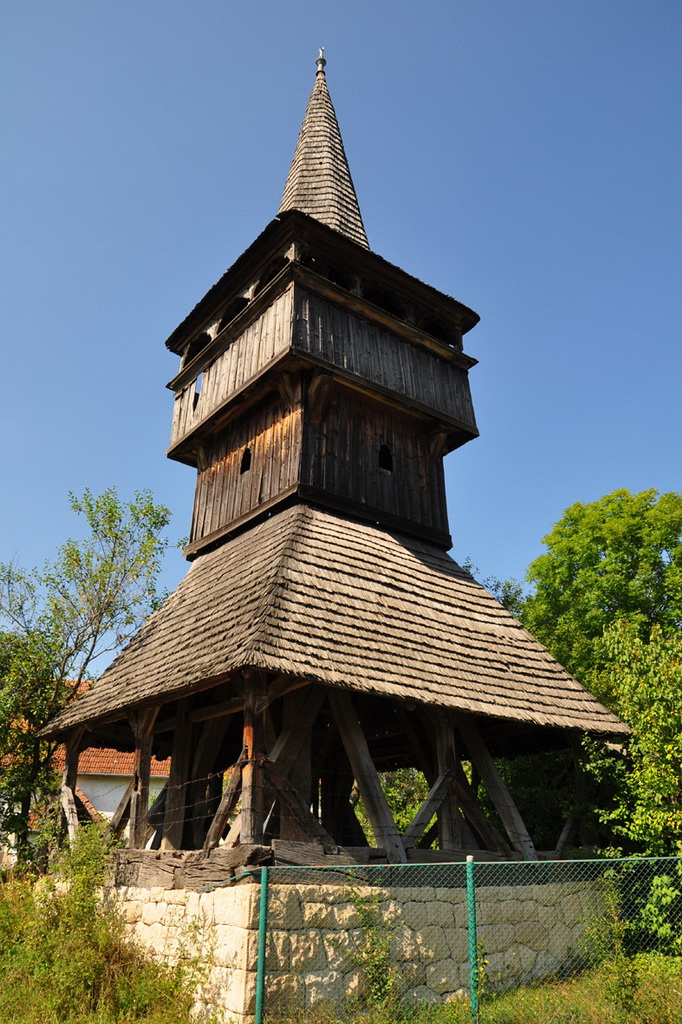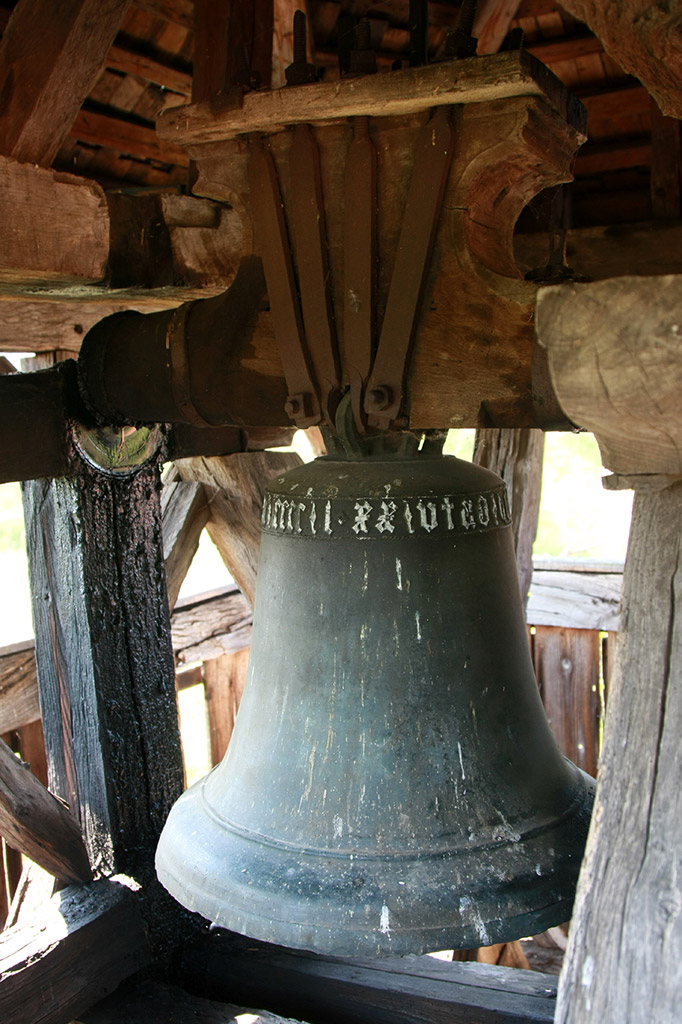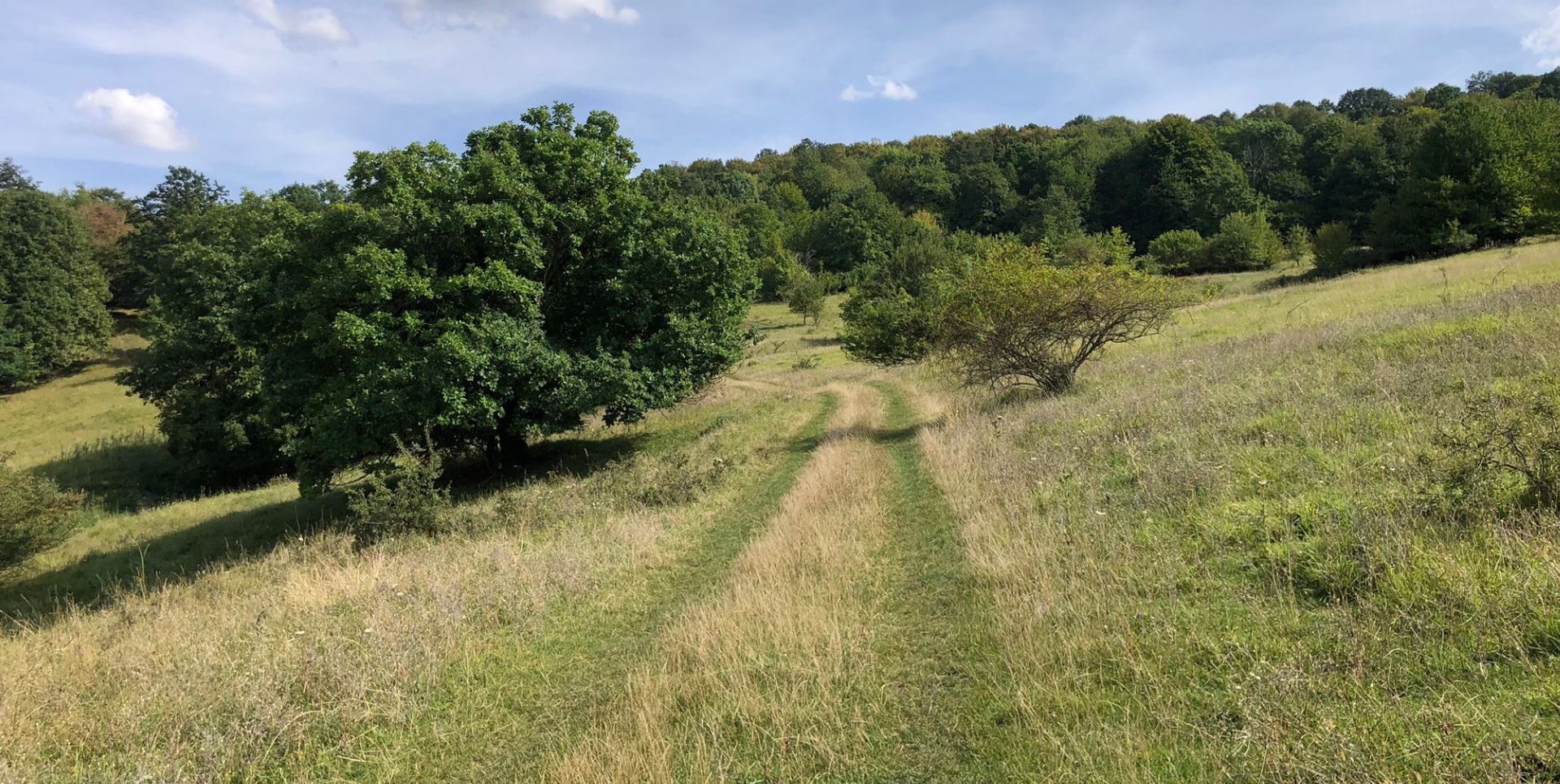Farnas (Sfăraș)
Farnas village is situated in the Almás (Almaș) Creek valley. In the early Middle Ages Farnas was under the jurisdiction of first Bihar County then Kolozs County, and belonged to the Nagyvárad bishopric. The settlement is referred to as Fornos in charters from 1272.
Its medieval history is intertwined with that of the Veres family, whose most prominent member Dénes Veres joined János Hunyadi’s campaign against the Turks in the fall of 1442 after winning back his confiscated lands.
The Veres family of Farnas died out in the 16th century, after which the settlement came under the ownership of the Valkai, Kemény, Gyerőffy, Vitéz, Bánffy, Zichy, and later, Keczeli families.
One of Farnas’s main attractions is the former manor house. A placard bears witness to the decorative 19th century edifice: “Built by Farkas Szabó Altorjai and Polixszéna Daniel Vargyasi in 1842. Rebuilt by Gyula Szentiványi Sepszi-Szentiványi and Polixszéna Szabó Altorjai in 1893.” The renovated mansion is currently part of the Farnas home for the elderly, but is dwarfed by the enormous new building. The Siloám Home for the Elderly opened in 2008, thanks to the work of Irma Molnár, former pastor of Zsobok (Jebucu).
The Reformed church
The church stands in the lowest lying part of the village at the bottom of a hill. South-west of the church on an elevated rock slab we see the bell tower, most likely built in the 18th century, with a shingle roof and a squat shank spreading like a skirt. The bell was cast in 1475 and dedicated to the Holy Spirit.
At the end of the 13th century, between 1291 and 1294, Farnas residents paid the bishop a tithe in 10 shocks, which suggests it already had a church at the time.
In his will of 1453, Dénes Veres entrusted his son Benedek with the masonry work he had begun so that the inhabitants of Farnas would have a church. Legend has it that the church under construction in 1453 was being built from the ruins of the old parish.
During the Kuruc wars—according to the ceiling inscription—the church is ravaged and its reconstruction finished only in 1750. That is when the painted wood furnishings, still in good condition today, are also completed. The collapse of the apse vault, which was replaced with a coffered ceiling, was also most likely brought on in the early 18th century.
On the eastern side of the rectangular nave is a polygonal apse, and on the south is a small brick portico that leads to a stone-carved entrance decorated with the Veres family coat of arms. The carved corbel stumps and the circular undecorated keystone indicate that the apse was once vaulted.
Both chambers of the church have coffered ceilings. The inscription confirms that the ceiling of 56 + 12 coffers was made in 1750 by Lőrinc Umling, Sr. from Szászkézd: In these times was built this / church, by Lőrinc Asztalos / in 1750 / July, August, September. The other ceiling inscription is a Bible verse.
Bold red, black, yellow, and green colors dominate, and the coffer frames are embellished with the characteristic Umling-type “fishbone motif.” The ceiling reveals motifs borrowed from the Italian Renaissance and adapted to Baroque style: rosettes, laurel leaves, pomegranates, and Italian vases. Among his less elaborate forms are a pelican feeding its young with its blood—symbolizing the Church, a snake with the apple from the tree of knowledge—depicting the sin of the first human couple, as well as birds perched on trees, a guardian crane, the sun among black clouds, and the double-headed eagle that symbolizes Christ.
The depictions of animals on the ceiling—similar to other Umling-type ceilings—reflect Protestant iconography. Contrary to the figures that decorate woodwork in the Szilágy, Mezőség, and Bihar regions, the painted furnishings of the Kalotaszeg region—with their dominant plant motifs—salvage the 17th century Renaissance floral decorations way into the 18th century.
The six-panel western balcony ballusters were also created in 1750 by the elder Umling. We can be certain that the design of the eastern balcony coffers date to 1790, when the Lőrinc Umling Jr. and his younger brother János repainted most of the furnishings. Later, when the 1848 organ was installed, the balcony ballusters were truncated and the organ pipes replaced the two center coffers.
One of the most valuable installments of the church is the eight-sided, board-carpentered pulpit from around 1750. The drawing style, dotting, and abundance of Renaissance motifs on the exterior indicate that it was probably created by Lőrinc Umling, Sr. The inscription along the edges of the sounding board dates it at 1750.
The communion table, rare collection box, and psalm guide were also made in 1750 by Lőrinc Umling, Sr. The inscriptions on each indicate that they were renovated by Umling Jr.
A few fragments remain of the animal figures and flower designs that decorated the pew sideboards. János Veres’s headstone was carved in 1510 and originally placed in the floor of the church.

